Ibn Sina: Philosopher, Scientist, and Renaissance Luminary – Unveiling His Enduring Legacy
Abu Ali Hussein bin Abdullah bin Hassan bin Ali bin Sina, known as Abu Ali Sina, is one of the most famous and influential philosophers and scientists in Iran and of course the world. Ibn Sina, Porsina, Sheikh al-Rais and all-knowing are among the titles of this great scientist. Abu Ali Sina was a great physician, mathematician, astronomer, physicist, chemist, geographer, geologist, poet, logician, and philosopher, and he was able to master all these sciences in a surprising way at a young age.
Ibn Sina was a great Iranian polymath, who enjoys world fame, and many of his works, especially in the field of medicine, were taught in European universities for successive centuries. This great sage is considered to be the most effective figure in the science and philosophy of the Islamic world, and he had a strange talent and competence in learning different sciences since his childhood.
His Biography
He was born in August 980 AD in Afshona village around Bokhara in currently Uzbekistan. From the very beginning of his childhood, Ibn Sina had a strange and special talent in learning various sciences, and since his father Abdullah worked hard for his education and his house was a meeting place for various scholars, Ibn Sina learned all the Qur’an and its syntax until he was 10 years old. learned and after that he was engaged in learning logic and mathematics.
Ibn Sina’s father was from Balkh, and during the reign of Noah II, who was considered one of the Samani kings, he came from Balkh to Bukhara and became an employee of Khormatin village in Bukhara. He married a girl named Setara from the village of Afshaneh, which was located near Khorramtheen, and named his first child Hossein, which is Abu Ali Sina, and five years after him, his younger brother named Mahmoud was born. Ibn Sina had an amazing and extraordinary memory and intelligence, to the point where he surpassed his teacher at the age of 14; That’s why everyone was fascinated by his intelligence.
Ibn Sina learned the science of logic from his teacher, Abu Abd Allah Natali, and studied natural sciences, metaphysics, and medicine from his teacher, Abu Suhail Meshii. In his youth, he saved Amir Noah Samani from a serious illness, and because of this, the Amir allowed him to use the magnificent library that was reserved for Samani princes. When Abu Ali Sina reached the age of 18, he no longer needed to learn any science; Because he was a master in all the sciences of his time and only tried to understand what he learned.
Abu Ali Sina lost his father when he was 22 years old. After the death of his father, he faced many difficulties and experienced a life full of ups and downs. Ibn Sina spent most of his life in long journeys from one city to another and experienced many incidents such as wandering in the desert and getting lost in the desert. He had to leave Bukhara for Jurjaniyeh and then Gorgan due to the turmoil of the political situation across the country.
In 403 lunar year, he started writing the law book in Gorgan. In 404 lunar year, he went to Ray and benefited from the support of Sayeda Malek Khatun, the widow of Fakhr al-Doleh Ali Boyeh. In 405 lunar year, he went to Hamadan and went to Shams al-Dawlah and cured his illness. In 406 lunar year, he was elected to the ministry of Shams al-Dawlah and started writing the philosophical book of healing. In 412 AH, he was removed from political work, he was imprisoned for four months and continued to write and heal. In 414 lunar year, he went to Isfahan and stayed there for almost fifteen years and finished the book of healing. In 421 AH, Masoud Ghaznavi attacked Isfahan and looted Ibn Sina’s house.
He finally went to Hamedan in 427 AH along with Alaa al-Dawlah. In one of the battles of Alaa al-Dawlah, Abu Ali Sina fell ill with colic. He started his treatment, but it did not help, and after some time, epilepsy and bowel disease were also added to it. Many treatments by Bo Ali and other doctors never came to fruition. He realized that treatment is no longer useful and surrendered to divine destiny. He was constantly reading the Quran and asking for God’s forgiveness. He gave his property to the poor. In the last two weeks of his fruitful life, Abu Ali fed the poor and freed the slaves and recited the entire Quran once every three days until he was 58 years old, on the first Friday of the month of Ramadan in the year 428 (June 22, 1037). He died in Hamadan and was buried there.
Principal Works
Hakim Ibn Sina has written 450 books in various fields, many of which are related to medicine, wisdom and philosophy. Since Arabic was the common language of scientific works in that period, Ibn Sina and other Iranian scientists of that time wrote most of their books in Arabic. But later, some of these works were translated into other languages, including Persian.
It is interesting to know that he is the only sage whose works have survived and many of them have been published. Ibn Sina is the author of the Book of Healing (a comprehensive scientific and philosophical encyclopedia) and the Book of Law in Medicine, which is one of the most famous works in the history of medicine, is also considered one of the works of this great scientist. In general, among the most important works of Ibn Sina, we can mention Shefa, Law of Medicine, Al-Isharat and Al-Tanbihat fi al-Muntiq wal-Hikmah and many other Persian and Arabic treatises.
Abu Ali Sina had a special expertise in Persian literature and more than 20 Persian works are attributed to him, among the most important of which we can mention the attribution of the Ala’i Encyclopedia and the Treatise on Pulse, of course, other Persian books such as Kanuzal-e-Moazmin, Zafarnameh, Hukme Al-Amut, Risalah Nafs, Risalah Mirajih, the beginning of resurrection, the proof of prophecy, the causes of the sequence of beings, the treatise of Judiya, the criteria of intelligence, the treatise of love, the solution of certain chocolates, the treatise of elixir, the treatise on logic, the treatise on the types of souls, the description of the organs, the treatise on the knowledge of poisons and previous science, etc. There is from him.
One of Ibn Sina’s characteristics in medicine is his clinical observations about various diseases, the most important of which are skin disorders, lung diseases, nervous disorders and types of insanity.
Ibn Sina had a very special place in mathematics and astronomy. Part of Shafa’s book is about making observation instruments and part is about mathematics, which includes four parts: geometry, arithmetic, music and board. In the section of mathematics, Ibn Sina has examined and analyzed the principles of Euclid in the book of healing. One of the valuable initiatives of this great scientist in astronomy is the construction of observational measuring instruments, which is very remarkable.
Some of Ibn Sina’s important works in the field of mathematics include Kitab al-Shafa (the third part includes: al-Arthmatiqhi – al-Musiqi – al-Hiyeh), al-Zawiya or research on the principles of geometry, al-Kawakb in the night and day, treatise on al-Musiqi, al-Falak and al-Manazil or the summary of the divine science, in the cause of the creation of the earth. In the middle of al-Sama, the abrogation of the rulings of the stars and in the dimensions of al-Zahira is the heavenly bodies.
Some of the works related to the logic and wisdom of this great scientist include Al-Asharah and Al-Tanbihat, Al-Ansaf, Risalah Al-Muhadud, Al-Hamka Al-Thawrasiyah, Al-Hikma Al-Mashriqiyya, Kitab Shefa, Al-Taliqat, Al-Mahabharat, Ayun Al-Hikma, Al-Najah and others. This great sage also conducted researches in natural sciences and correctly stated how the mountains were formed.
Where is the tomb of Ibn Sina?
The tomb of Ibn Sina is located in the city of Hamadan. Ibn Sina’s tomb is one of the most important places to visit in Hamedan, and every year many travelers enter Hamedan to visit this historical place. The tomb of this great sage is one of the main squares of Hamadan city, along the north and south sides of this square are the two streets of North and South Boali Sinai, and along the eastern sides, Ayatollah Madani Boulevard and the western side of it, Khawaje Rashid Boulevard.
It is interesting to know that the first tomb of this great sage was built during the Qajar period by the order of a girl named Negar who was the granddaughter of Fath Ali Shah Qajar. The preparations for the construction of the current building of this scientist were made in 1322, and its architecture was done by an Iranian engineer named Hoshang Sihun. It should be noted that the grave of Arif Qazvini, the famous poet of Iran, is located next to this mausoleum.
The mausoleum of this great scientist was built in the two styles of ancient Iran and Iran after Islam, and its architecture is based on Qaboos dome tower. One of the differences between the tomb of Abu Ali Sina and the dome of Qaboos is the number of its columns. The tomb of Abu Ali Sina is built on 12 columns, while the dome of Qobus has 10 columns. Of course, the number of columns in Ibn Sina’s tomb is not without reason and it represents the 12 knowledge that this scientist mastered in his time. The second difference between these two buildings is the distance between the columns, which is open in Abu Ali Sina’s tomb. But this distance can be seen completely closed and covered in Qaboos Dome. The third difference between these two buildings is in terms of dimensions, and it can be said that Ibn Sina’s tomb is almost half the dimensions of Qaboos Dome.
The area of the land where Abu Ali Sina’s tomb is built is about 3,090 square meters and its main infrastructure is about 1,792 square meters. It is not bad to know that the columns of this great sage’s tomb are made of granite, which makes it very spectacular and unique.

The Library
One of the most interesting and important parts of this collection is its library. This library initially included only 649 book volumes; But later, due to the fact that Abu Ali Sina was world famous, many scientific circles of the world participated in its establishment, and now this library has more than 8000 exquisite Iranian and foreign handwritten and printed books, of course, there are booths dedicated to the works of Abu Ali Sina and poets and Co-authors are assigned.
Doctor’s day and different naming in honor of Ibn Sina
The 23rd day of August in the calendar, which coincides with the birthday of Ibn Sina, is named as the doctor’s day in Iran. The name of this great scientist has been placed on various places, for example, there are hospitals named after Abu Ali Sina in Tehran, Shiraz, Isfahan, Mashhad, as well as in Istanbul, Harare and Bouyenne, France.
Other places named after this great philosopher include a surgery center in New York, a Chinese medicine college in East Sussex, England, a medical college in Pakistan, an international college in Hungary, an international journal of biotechnology in Tehran, a research institute in Tehran and several schools and educational centers in Iran. Interestingly, on the hidden side of the moon, there is a crater called Ibn Sina, which is named in his honor.

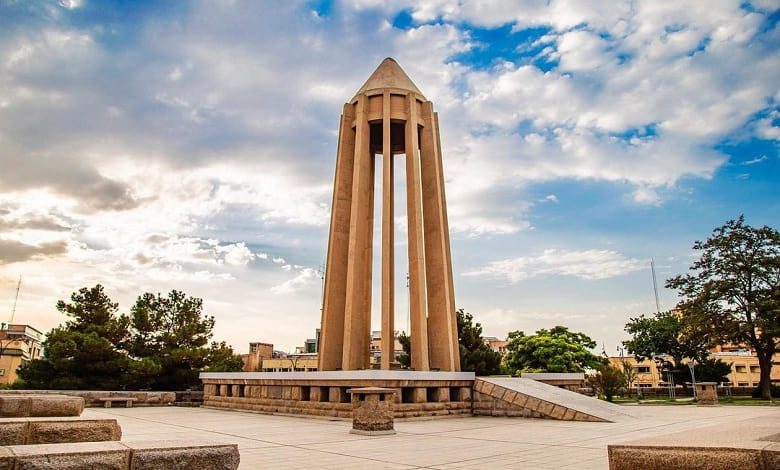
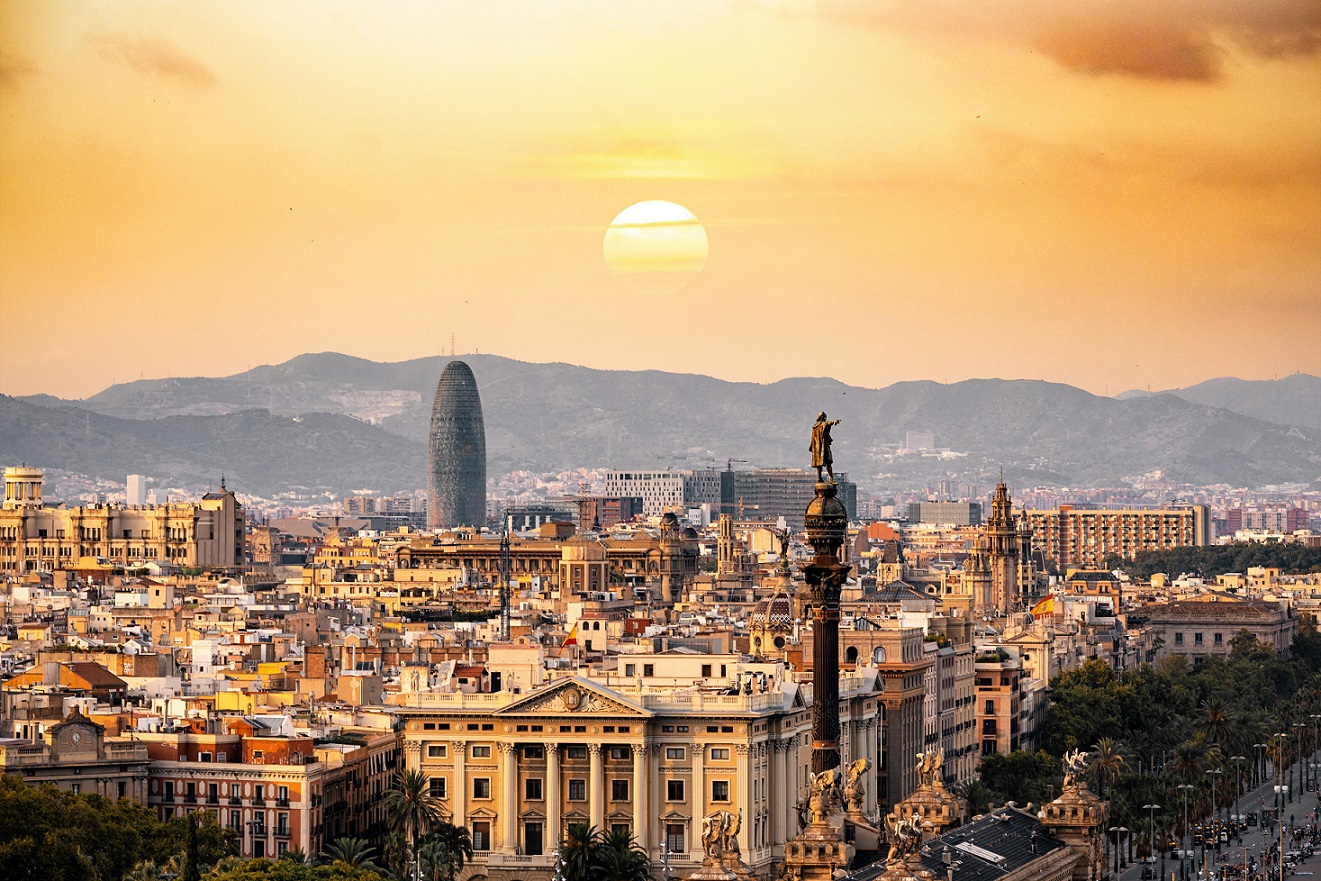

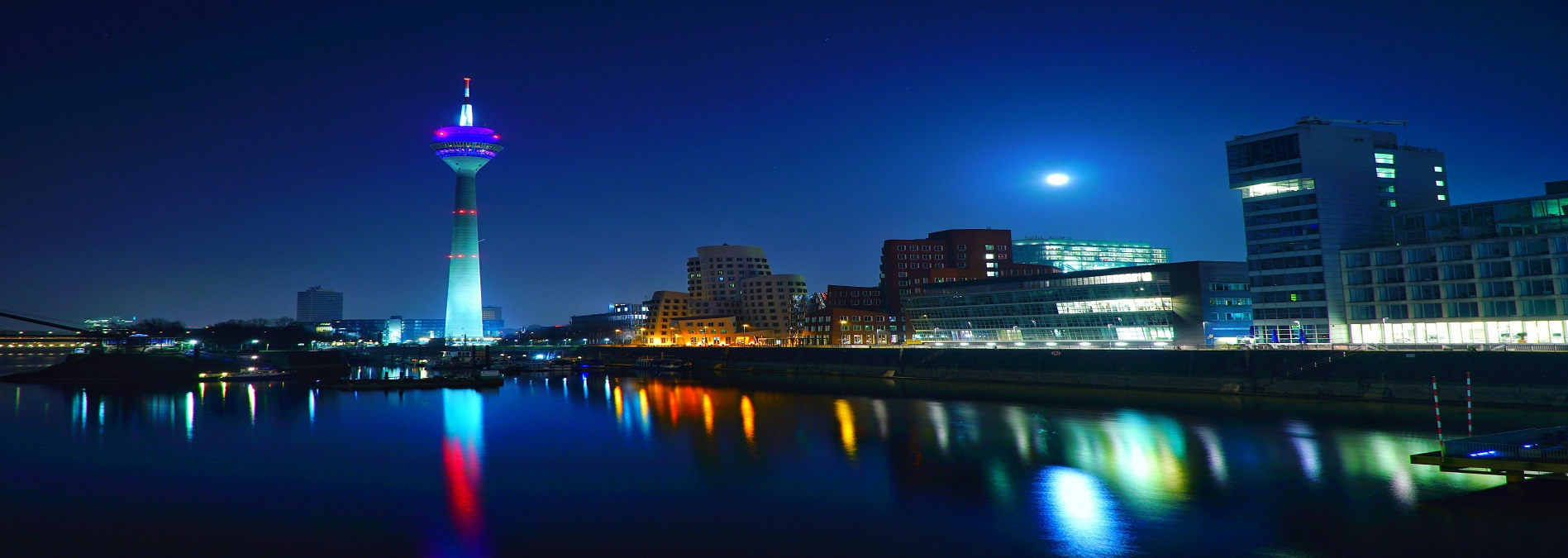
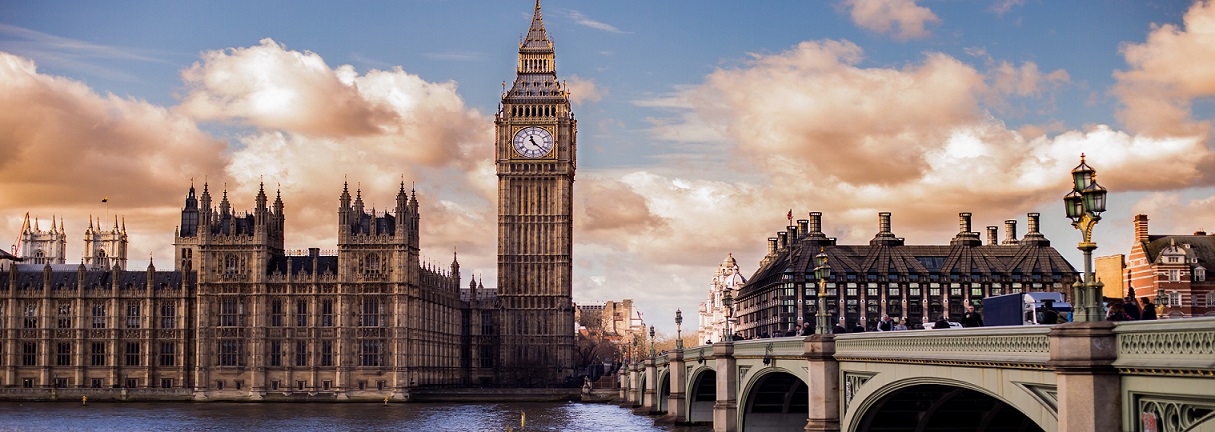
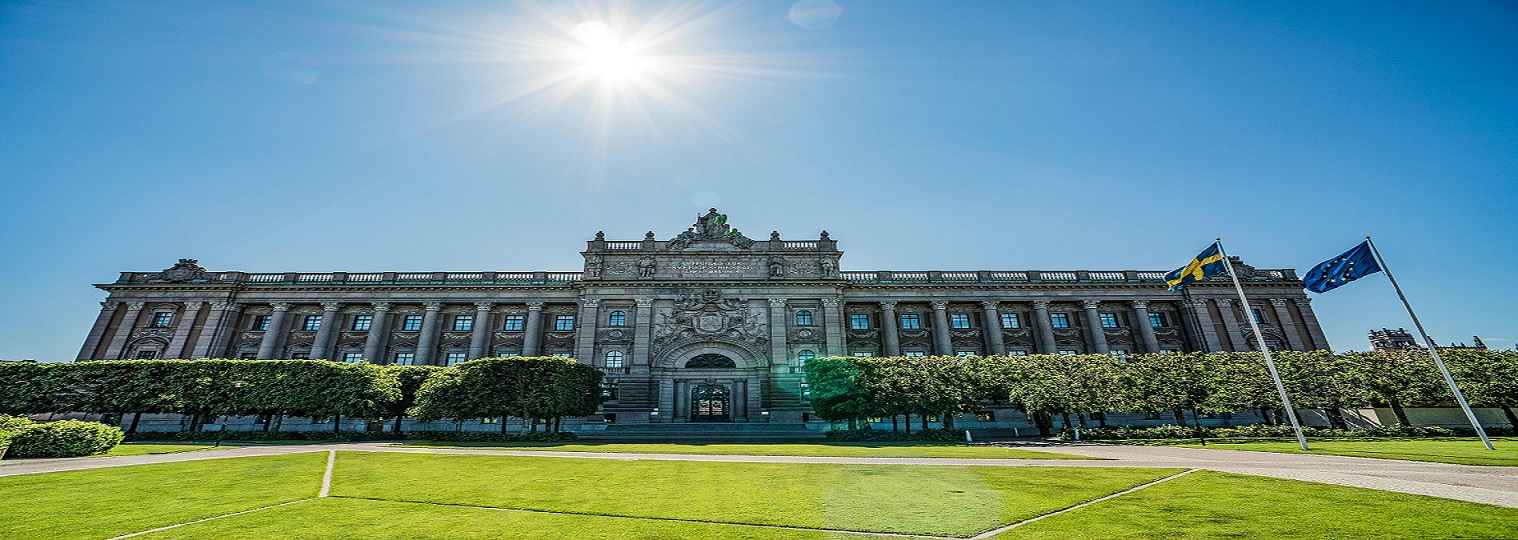



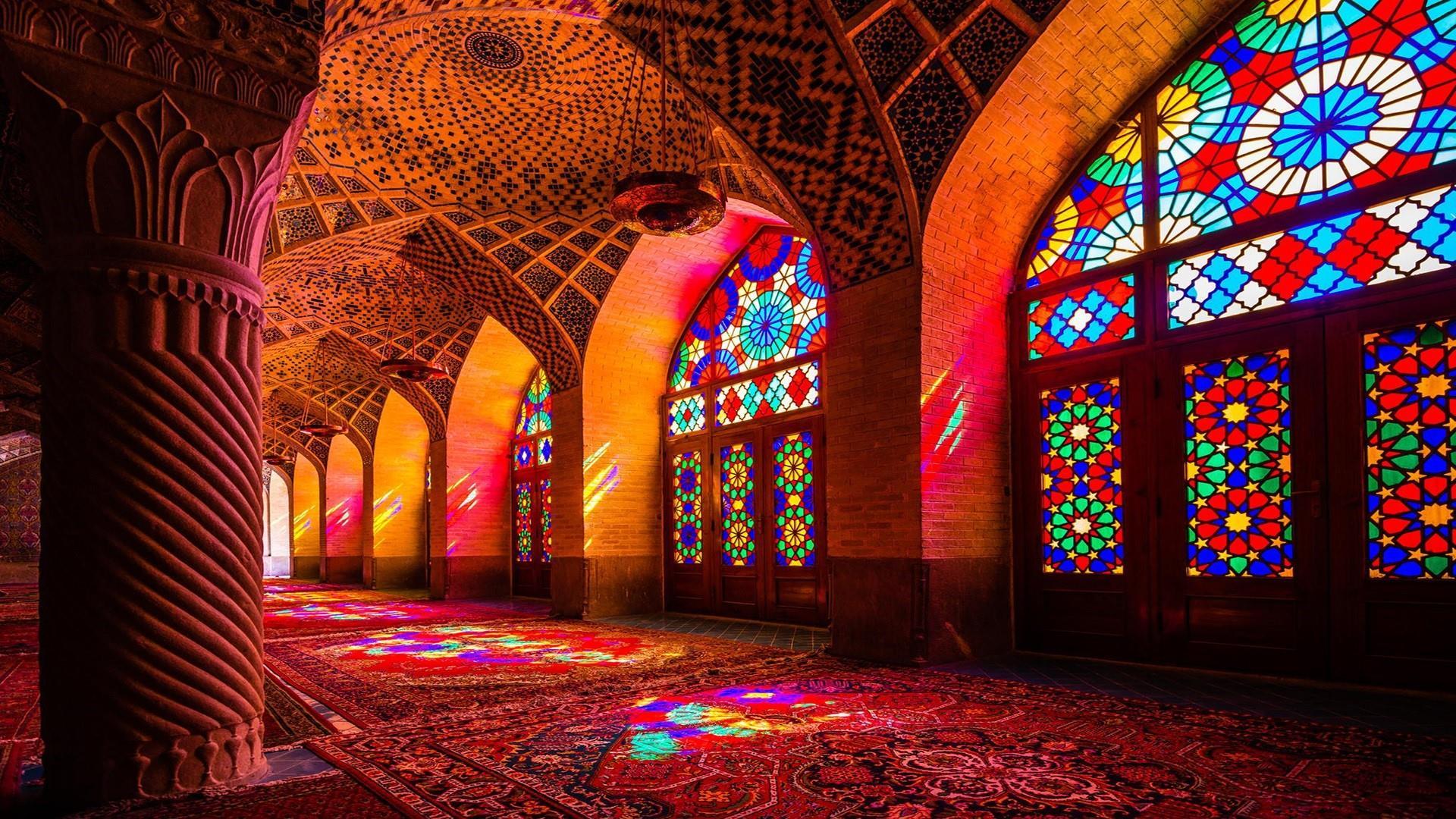
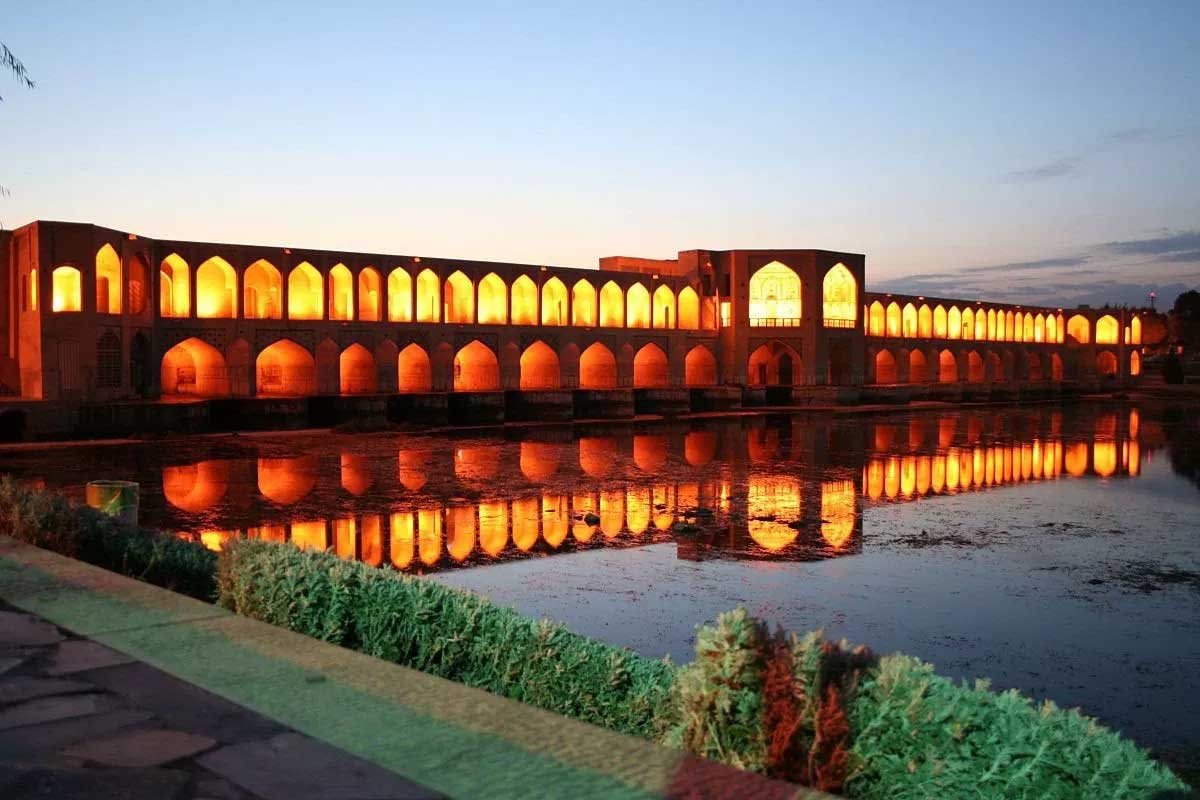
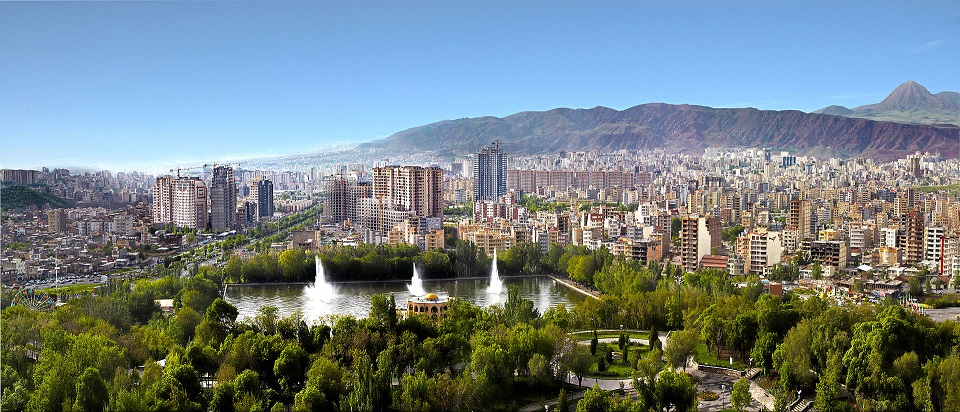
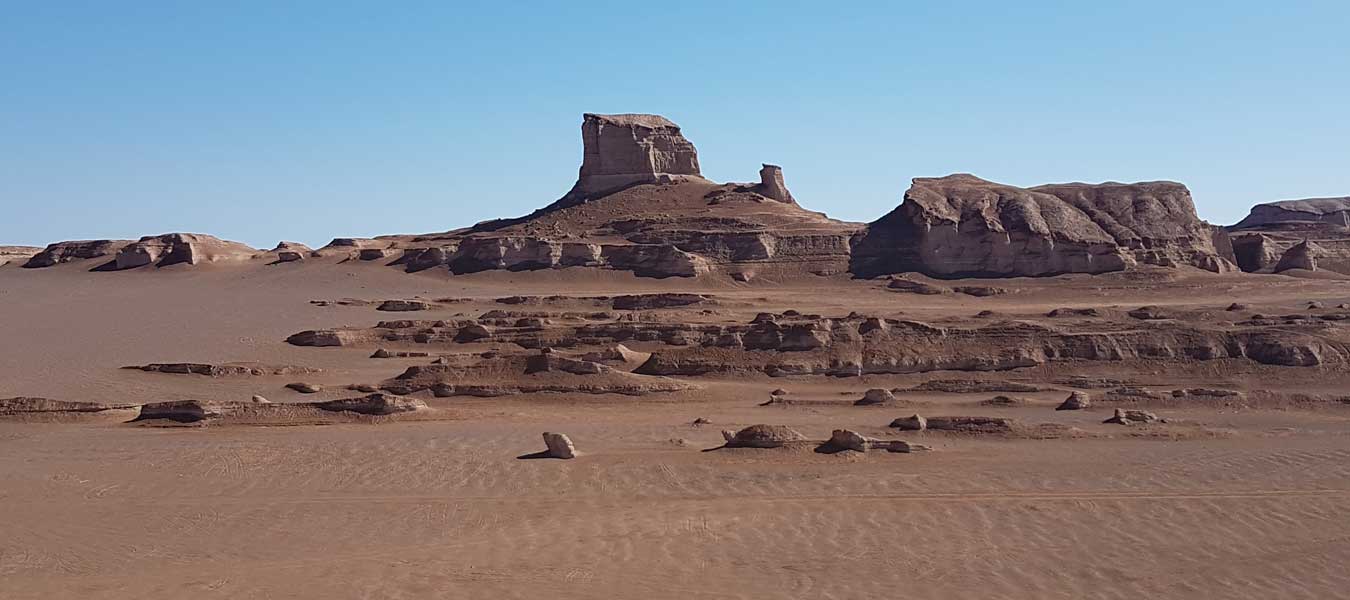

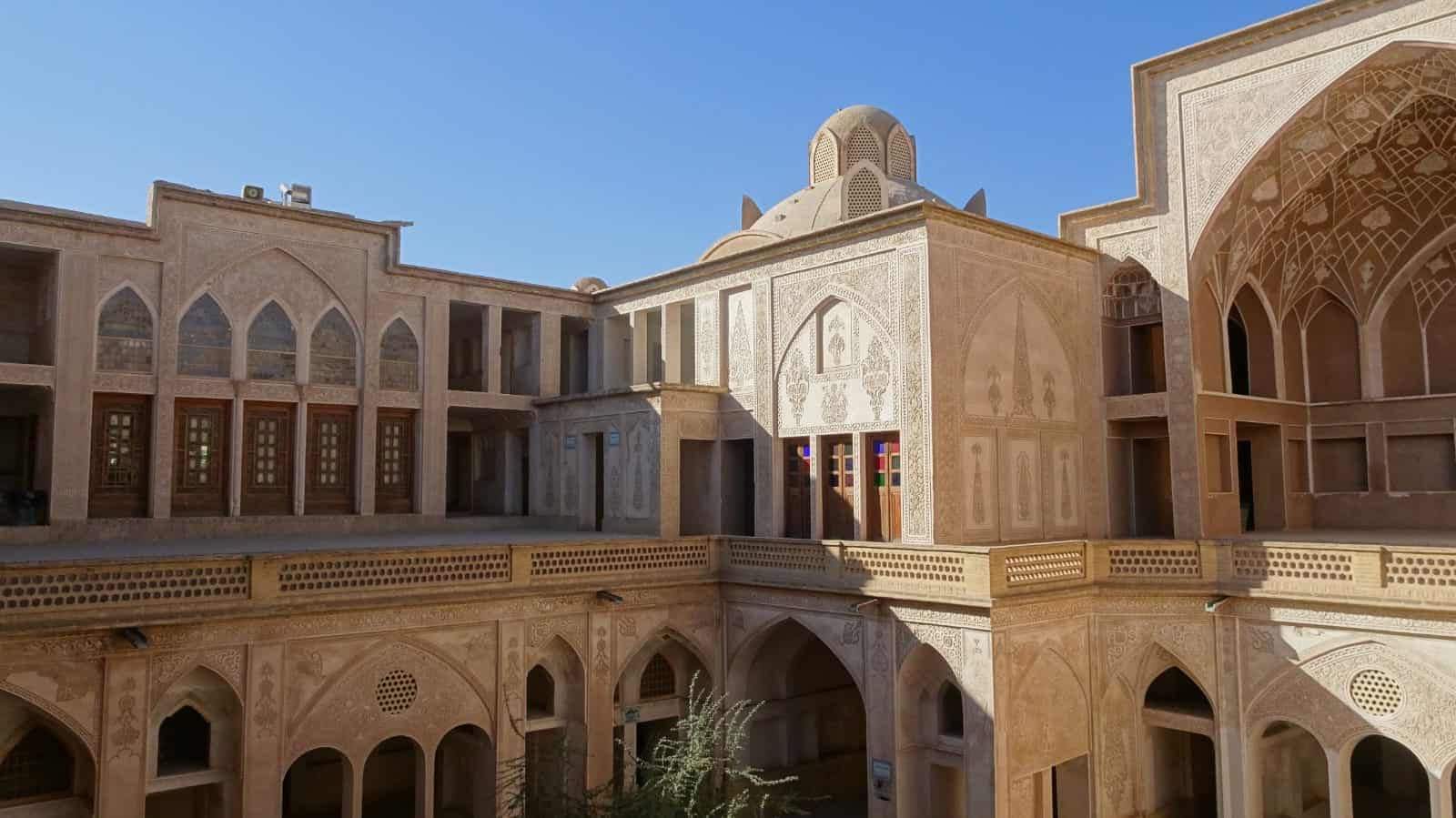
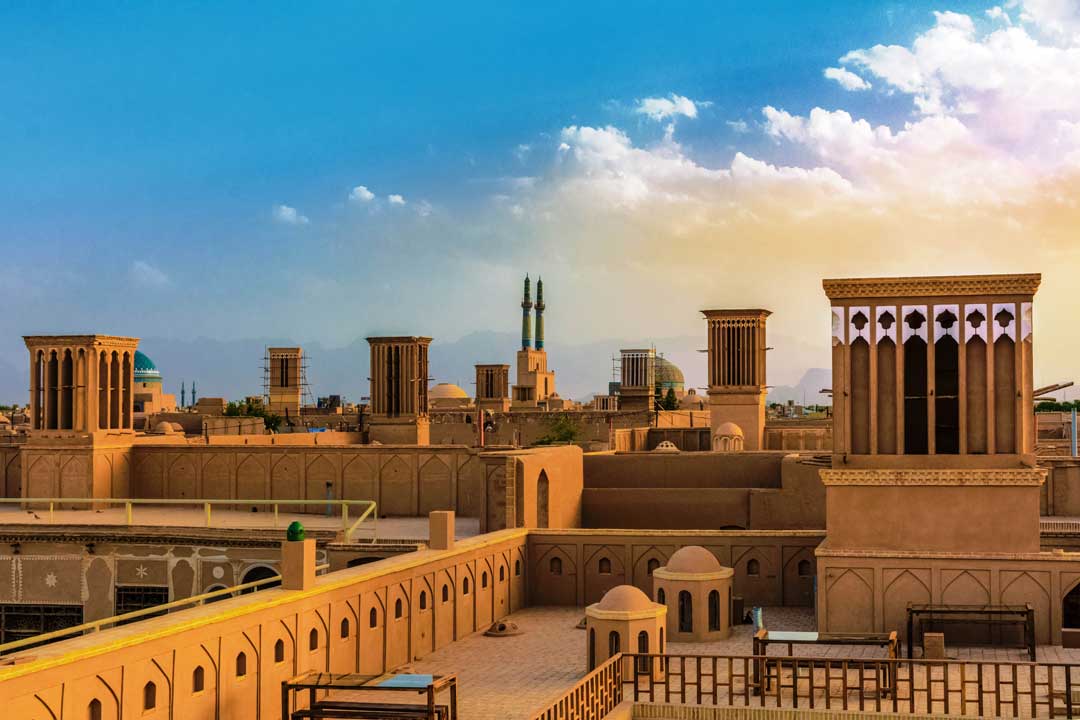
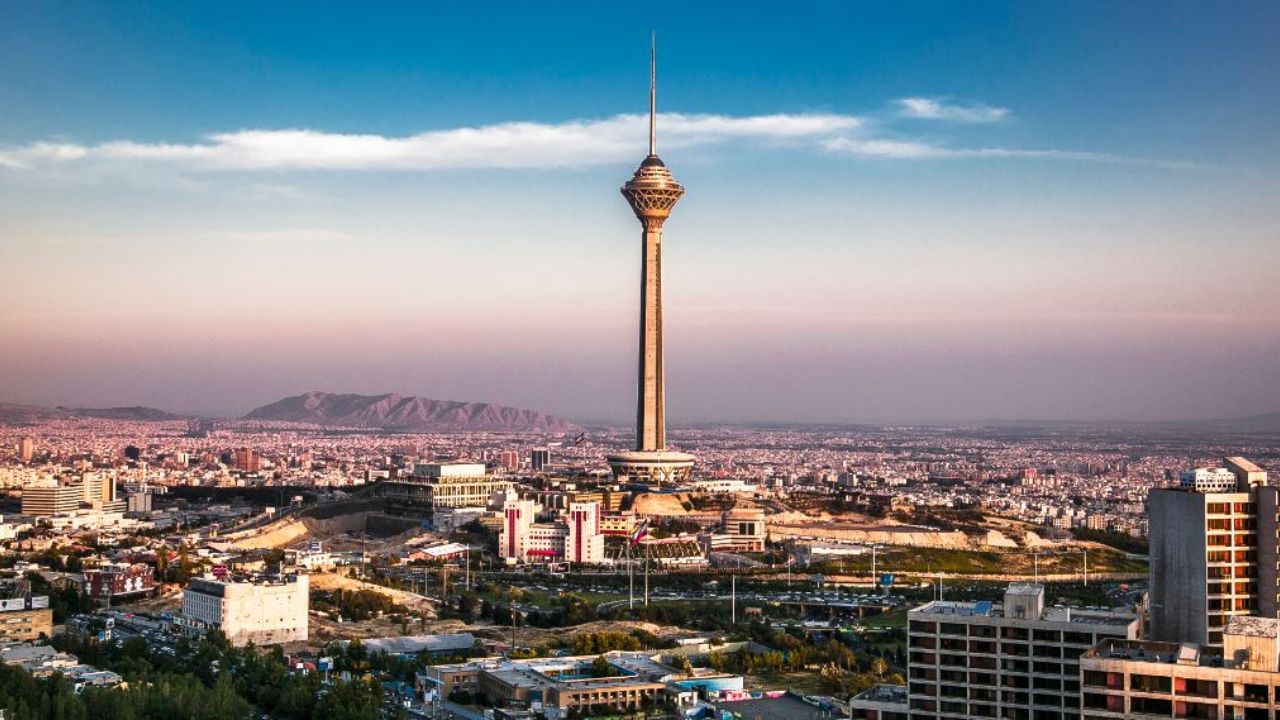

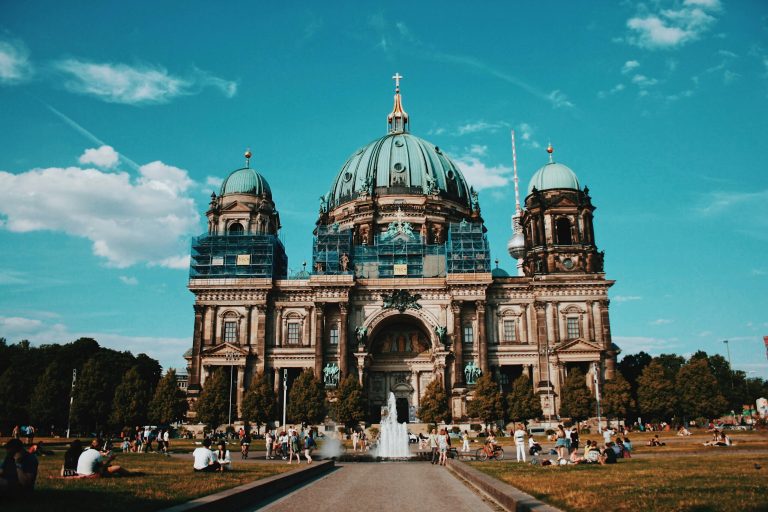
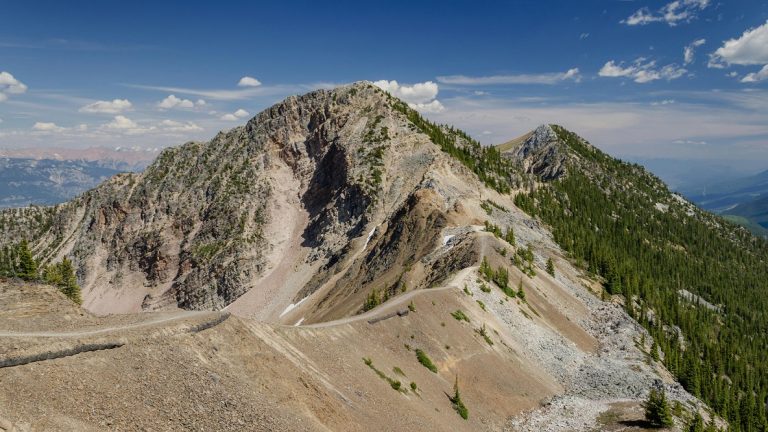
Leave a reply